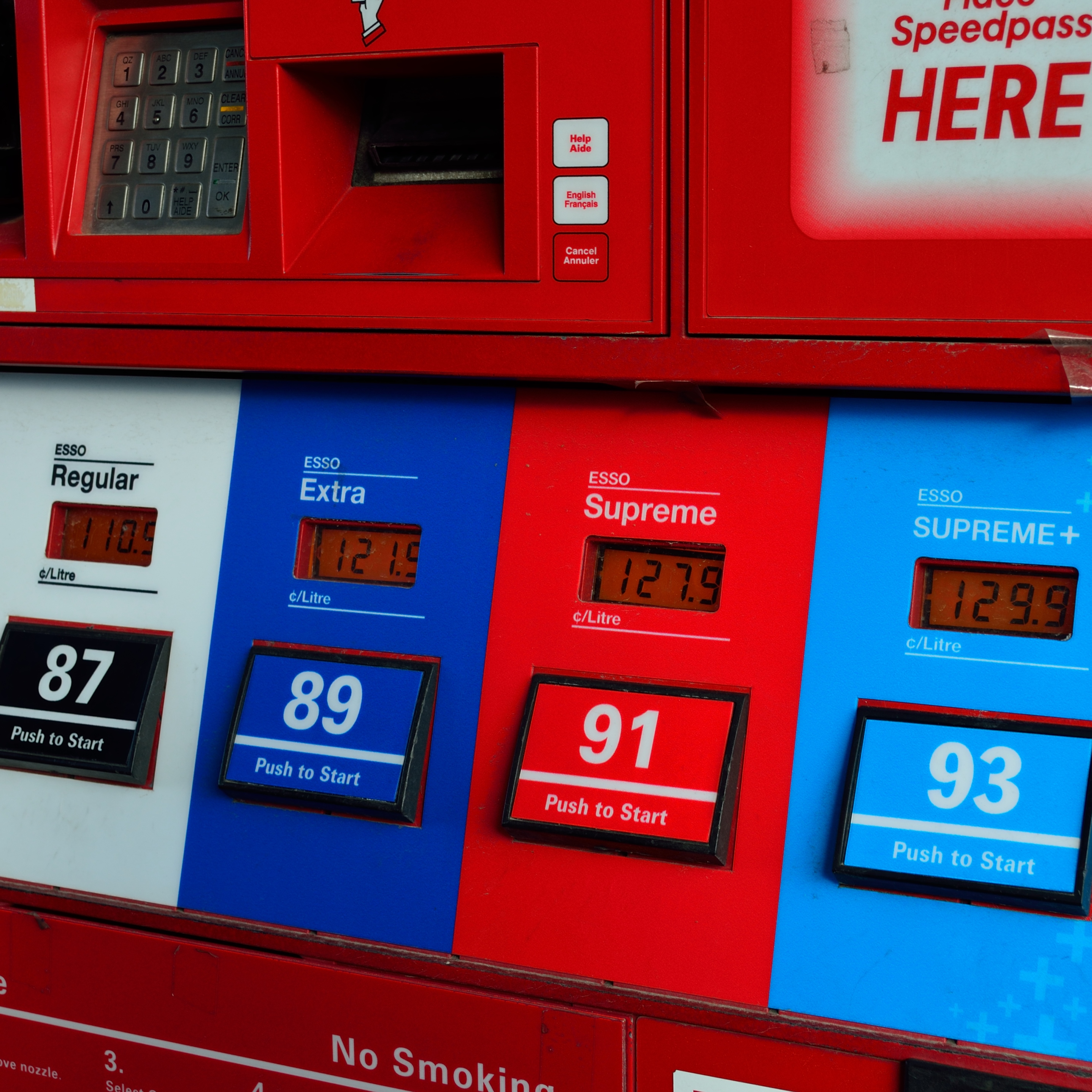Energy
US National Average Gasoline Price Falls for Third Straight Week

Published:
Last Updated:

U.S. retail gasoline prices slipped last week for the third week in a row to a national average of $2.50, down a penny from the prior week. Diesel fuel also ticked down by a penny a gallon to $2.94. Month over month the price dropped by more than seven cents a gallon but remain nearly 22 cents a gallon higher year over year. Last month the national average was $2.58 while the year-ago average was $2.29.
Falling crude oil inventories and rising prices for crude remained the rule for the week ended February 16. Refinery utilization fell to around 88% as refiners perform scheduled maintenance and make the switch from winter-grade to summer-grade fuel.
According to GasBuddy’s records back to 2008, the highest national average price for this day came in 2013, when a gallon of regular gas cost $3.79 a gallon. The lowest price came in 2009 when the price was $1.86 a gallon.
Patrick DeHaan, head of petroleum analysis at GasBuddy, said:
Even as oil prices were in rally mode to end last week, gasoline prices continued lower with the national average moving lower for the third consecutive week. But March typically comes in more like a lamb and goes out like a lion, and I certainly would expect more fireworks at the pump as temperatures begin to warm and gasoline demand begins to perk up. Many places have seen at least the first step towards summer gasoline already made. Unlike the transition from summer to winter gasoline that is much simpler, the transition to the more stringent fuel coming into the regulated summer months is a bit trickier, especially considering the amount of work going into refineries ahead of the summer driving season, which is more like the running of the bulls where refineries try to stay ahead of the rise in demand. No matter what happens with oil, any curve ball to this work has a tendency to act as a spark in the combustion process- something will likely ignite gas prices, but it’s unpredictable when and to what degree.
According to GasBuddy, states where prices moved most last week were: Michigan (up 10 cents); Indiana (down seven cents); South Dakota and New Jersey (down four cents); and six states three cents lower: Florida, Nebraska, Colorado, West Virginia, Tennessee and New Mexico.
States with the lowest average prices last week included: South Carolina ($2.24); Mississippi and Alabama ($2.25); Missouri ($2.26); Texas ($2.27); Arkansas ($2.28); Tennessee ($2.29); Ohio ($2.30); and Louisiana and Oklahoma ($2.31).
The highest average prices per gallon last week were reported from Hawaii ($3.41); California ($3.31); Alaska ($2.97); Washington ($2.95); Nevada ($2.83); Oregon ($2.83); Pennsylvania ($2.82); New York ($2.72); Connecticut ($2.71); and North Dakota ($2.62).
West Texas Intermediate (WTI) crude oil for April delivery traded up about 1% early Monday at $64.19 while Brent for April delivery traded at $67.81. The price differential (spread) between WTI and Brent crude widened by 54 cents to $3.62 a barrel week over week.
Finding a qualified financial advisor doesn’t have to be hard. SmartAsset’s free tool matches you with up to 3 fiduciary financial advisors in your area in 5 minutes. Each advisor has been vetted by SmartAsset and is held to a fiduciary standard to act in your best interests. If you’re ready to be matched with local advisors that can help you achieve your financial goals, get started now.
Thank you for reading! Have some feedback for us?
Contact the 24/7 Wall St. editorial team.